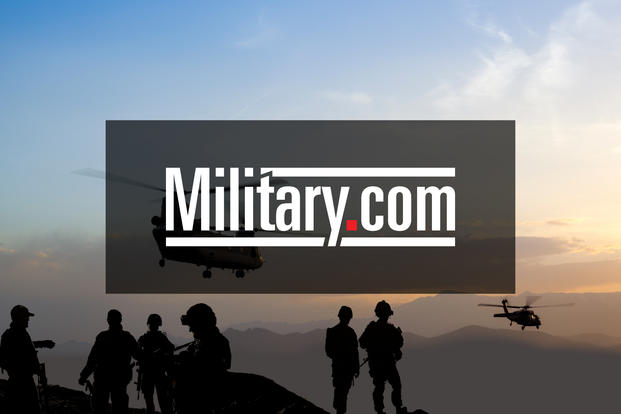U.S. Special Operations Command leaders are refining a plan to expand roles for women among their ranks, allowing them to participate as Navy SEALs, Army Rangers and other Special Forces units, service officials told lawmakers April 17.
SOCOM Commander Adm. William McRaven told members of a House Armed Services subcommittee that he is planning to provide an update to Defense Secretary Chuck Hagel in May on the command’s work to formulate a specific plan to include women in special operations forces, giving them expanded roles beyond serving as cultural liaisons and other non-combat positions.
“We’re building a plan to do that, looking at doctrine, training and deployment. I’ve got to find out whether we can pull that off -- because I am committed to doing that and have seen the value,” McRaven said.
The SOCOM commander is required to issue a full report on a plan to integrate women by the first quarter of fiscal 2016, McRaven said in January, the same month that the military rescinded the policy to exclude women from direct combat positions.
Further integrating women into SOCOM units is part of a larger transition the special forces community is making with the planned withdrawal of forces from Afghanistan by the end of 2014.
SOCOM leaders told lawmakers that their forces are again evaluating the scope of their mission sets on the heels of a 10-year counter-terrorism and counter-insurgency focus in Iraq and Afghanistan.
“The emphasis changes over time based on the mission sets given to the force. Now as we shift to a different defense strategy, we may be asked to do different things,” said Michael Sheehan, assistant secretary of defense for special operations and low intensity conflict.
Sheehan explained that the SOCOM community is always evaluating and “re-looking” at its training, doctrine and mission sets spanning from irregular warfare to conventional and unconventional capabilities.
“Special operations forces possess a very high intensity ability to do military action in denied areas. There’s always this evolution within those constructs and that is healthy. We are always trying to adjust and stay ahead of the curve,” he added.
Sheehan emphasized that, although strategy evaluations and shifts are underway, a well-established and successful counter-terrorism emphasis remains very much intact. In particular, he cited Yemen, Afghanistan and Pakistan as key areas of continued threats and therefore an ongoing SOCOM focus.
At the same time, SOCOM is also adjusting to an Afghan drawdown and a changing budget environment. However, McRaven emphasized that SOF forces are very likely to remain deployed in the region following the large-scale conventional drawdown.
As a result, SOCOM has helped establish a new NATO-SOF aligned command in Afghanistan, McRaven explained.
“We have adapted to the changing strategic and fiscal environment to keep SOF relevant now and in the future. In Afghanistan, we established a new special operations forces command structure which brought the various NATO and U.S. SOF elements into alignment under a two-star headquarters. This has allowed us to have a common view to achieve a common end state,” McRaven told the subcommittee.




























